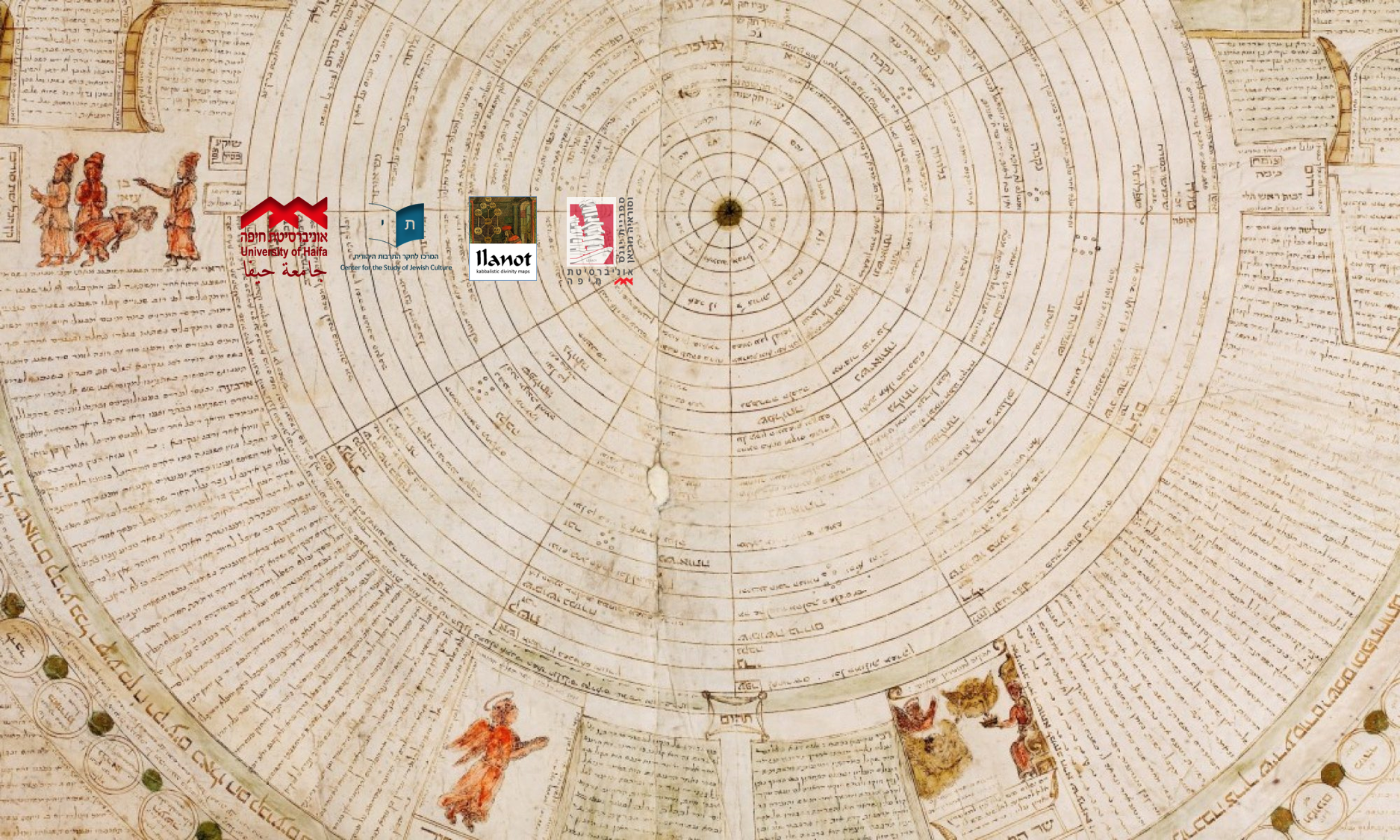The Kabbalistic Tree, by J.H. Chajes, is the first book to explore the esoteric artifacts at the heart of Jewish mystical practice for the past 700 years: ilanot (trees). Melding maps, mandalas, and mnemonic memory palaces, ilanot provided kabbalists with diagrammatic representation of their structured image of the Divine. Scrolling an ilan parchment in contemplative study, the kabbalist participated mimetically in tikkun, the development and perfection of Divinity.
Seeing the Kabbalah Through Its Trees: New Perspectives of THE KABBALISTIC TREE
Prof. J. H. (Yossi) Chajes’s presentation at the special event in honor of his new book, The Kabbalistic Tree, held at the University of Bologna, Ravenna (Dipartimento di Beni Culturali dell’Alma Mater Studiorum Università di Bologna) on 16 March 2023. Chajes gives an overview of the topic and concludes with a presentation of new research that was not included in the publication.
“The First Kabbalistic Tree?”
lecture (in Hebrew) by Prof. J. H. Chajes on the tree diagram entitled “Tree of Wisdom” (ilan ha-ḥokhmah) found in the oldest kabbalistic manuscript. What is its relationship to Sefer Yeẓirah, on the one hand, and to the emerging theosophical Kabbalah, on the other?
“Visual Kabbalah in the Bodleian Library”
A lecture by Prof. J. H. (Yossi) Chajes delivered at “500 Years of Hebrew Teaching, Studies and Collecting” held on 24 October 2022 at Christ Church, University of Oxford.
An Introduction to Classical Ilanot
The Magnificent Parchment
Kabbalah & Art: On Trees of Sefer yeẓirah, 1284 and 2020 — A Conversation with David Friedman (Hebrew) (27.10.20)
Don’t miss David’s new kabbalistic coloring book. To check it out & order: https://www.thekabbalahcoloringbook.com
Tell ’em the Ilanot Project sent you 😉
The Ilanot of the Klau Library
In this lecture, delivered on ZOOM on 21 October 2020, Prof. Chajes introduces the genre of Ilanot and showcases the important kabbalistic tree rotuli in the collection of the Klau Library of the Hebrew Union College – Jewish Institute of Religion.
Spheres, Sefirot, and the Imaginal Astronomical Discourse of Classical Kabbalah

The medieval expression of Jewish esotericism known as Kabbalah is distinguished by its imaging of the divine as ten hypostatic sefirot that structure the Godhead and generate the cosmos. Since Gershom Scholem, the preeminent twentieth-century scholar of Kabbalah, declared the term sefirah (sg.) as deriving from “sapphire”—pointedly rejecting its connection to the Greek σφαῖρα—scholars have paid scant attention to the profound indebtedness of the visual and verbal lexicon of the kabbalists to the Greco-Arabic scientific tradition. The present paper seeks to redress this neglect through an examination of the appropriation of the diagrammatic-iconographical and rhetorical languages of astronomy and natural philosophy in medieval and early modern kabbalistic discourse. This study will place particular emphasis on the adoption-adaptation and ontologization of the dominant schemata of these most prestigious fields of medieval science by classical kabbalists, what it reveals about their self-understanding, and how it contributed to the perception of Kabbalah as a “divine science” well into the early modern period.
To read the article online (View HTML): https://bit.ly/2RxzLm7
Imaginative Thinking with a Lurianic Diagram
At the heart of a concise review of the cosmogonic theory of R. Isaac Luria (1534–72), his preeminent disciple, R. Hayyim Vital (1543–1620), drew a captionless diagram. Rather than suggest that this diagram would clarify the complex text surrounding it, Vital introduced it with the rather surprising, “and now I will draw you a circle, and from it you will understand what you have to understand.” What kind of understanding did Vital believe could be attained through an engagement with his “circle”? What did he believe the diagram offered that was lacking in the text? How did he expect the text and the diagram to be correlated? A close reading of this material invites broad reflection on the place of diagrams in Kabbalah: from their intended functions and epistemological status to the ways in which they were to be used, performed, or “thought with.”
To read the full article, click here.

